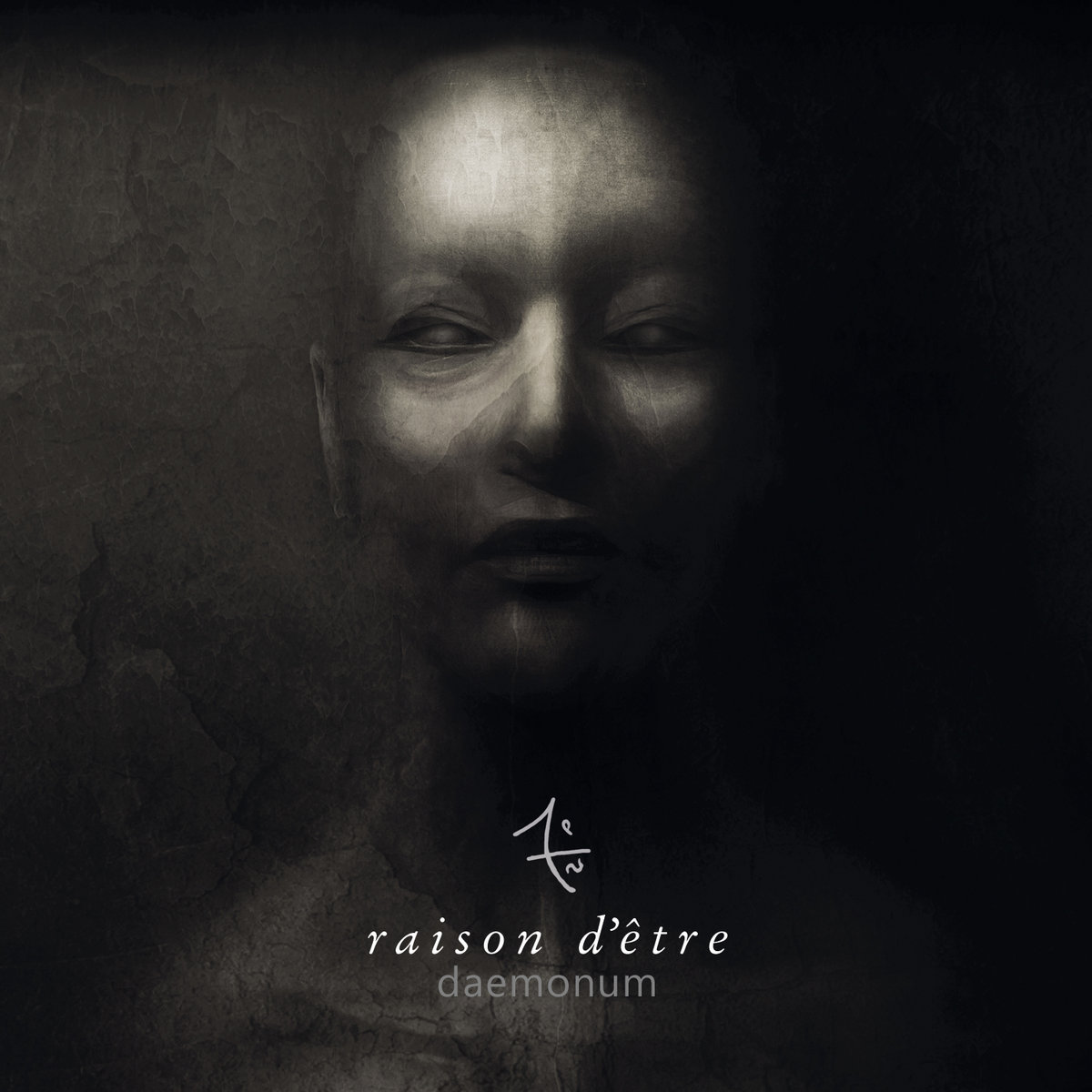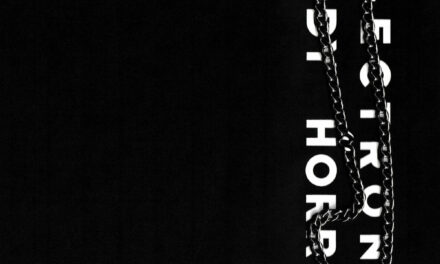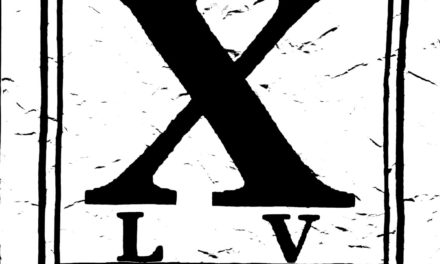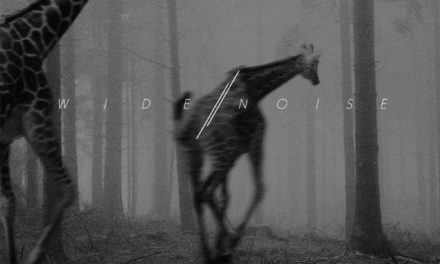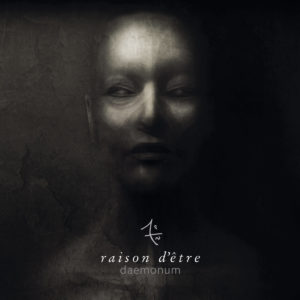
Raison d’être
Daemonum
Yantra Atmospheres / Cyclic Law
It’s been seven years since Peter Andersson’s last full length as Raison d’être, and while the project has never been far from hand a new LP always feels significant. Sure, the project’s legacy as a key part of Cold Meat Industry’s incredible run of releases through the 90s is part of that, but despite being nominally a dark ambient act, Raison d’être has always found a way to add some flourishes which differentiate its work from that of its peers. In the case of new record Daemonum, these come in the form of the canny deployment of orchestral elements.
Raison d’être has always been open to the possibility of a wider range of instrumentation than most dark ambient projects. Hell, debut LP Prospectus I was full of martial elements of a piece with contemporaries In Slaughter Natives. But while those early records often aimed for bombast, Daemonum places a premium on subtlety. This isn’t to say that it’s a drone-driven or even ‘quiet’ dark ambient record, far from it; there’s a tremendous amount of noise and dynamism across the six lengthy compositions which make it up. Rather, there’s a stunning amount of depth in the actual instrumentation of each piece, and it’s in Andersson’s slipping of orchestral sounds into the mix that Daemonum‘s charms become truly apparent.
The more you listen for those elements in the record, the more Andersson’s ability to mold them to suit any purpose becomes apparent. Sure, the strings in “The Roots Of Our Weakness” have a skittering anxiety which recalls plenty of modernist composition, and the choral pads in the second of “Awaking The Primordial Image”‘s three movements are layered and textured in such a way as to replicate traditional arrangements of human choirs. But there are plenty of other moments when those same classical sounds are estranged and brought into the service of more extreme and experimental ends. Check the deep, distorted brass which adorns the low, echoing cacophony earlier in “Primordial Image” in exactly the same way a blast of pure distortion might on a more traditionally minded industrial record, or the strings and choral pads on the closing title track which are stacked so deep as to blot out any distinguishing frequencies.
Extremity for its own sake only carries you so far in most genres, including dark ambient. Rather than doubling down on austere drone and coasting on Raison d’être’s reputation, Andersson’s put in work honing his skills in neo-classical styled production, and Daemonum‘s a much more rich and rewarding listen for it.

